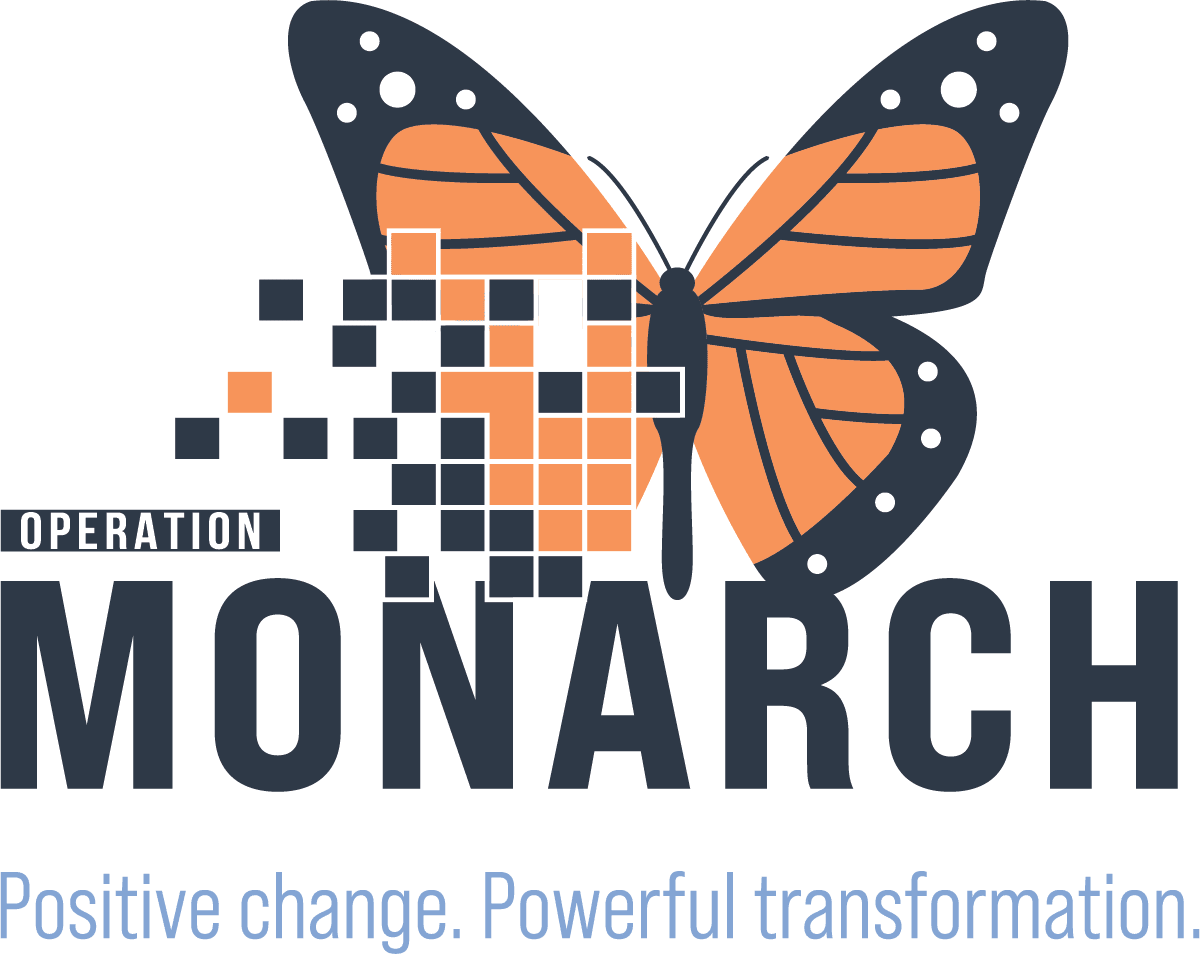This is an opinion column by Lynn Guerriero, President and CEO of Niagara Health; Sonali Kohli, Executive Vice-President, Digital Transformation and Chief Information Officer; and Samantha Jack, Clinical Manager, Kidney Care program — Welland site and Niagara diabetes program; published in the St. Catharines Standard, Niagara Falls Review and Welland Tribune.
Niagara Health is on the brink of a transformative change as we prepare to launch our new hospital information system this November.

This electronic system will simplify the way we manage patient information, enhance the accuracy of medical records and improve the overall efficiency of the health-care services we provide.
For patients, this will mean a smoother experience throughout their health-care journey. With all medical information stored digitally in one place, there will be no need to repeat your health history at every visit. Whether you’re seeing a doctor, undergoing tests or visiting the emergency department, your medical record will be accessible to all members of the team involved in your care.
This will ensure your treatments are based on the most accurate and up-to-date information, reducing the risk of errors and improving the quality of care you receive.
For Niagara Health teams, the new information system offers a more efficient way to work. Currently, we operate with a mix of paper records and outdated electronic systems, which can be time-consuming and cumbersome. The new system will eliminate these inefficiencies by providing a single, reliable source of patient information. This will mean less time spent searching for records, writing paper orders or navigating multiple systems, allowing doctors and nurses to focus more on patient care.
Another important benefit of the information system is its ability to streamline scheduling and management of diagnostic tests, surgeries and outpatient visits. The system will make it easier to co-ordinate care, leading to shorter wait times for appointments and procedures. This will not only reduce stress for patients but also help our hospitals run more smoothly and efficiently.
With advanced features to flag potential drug interactions, the information system will help prevent medication errors, ensuring safer treatment for all patients. Additionally, it will provide clinicians with real-time access to the latest clinical standards of care, empowering them to make informed decisions quickly. This means patients will receive the highest quality and most appropriate care without delay, leading to better outcomes and a more efficient health-care experience.
Our emergency departments and outpatient clinics will also see improvements. With all patient information readily available, patients won’t have to keep telling their story over and over as they navigate the system, which will help reduce wait times and make visits faster. This will improve the overall patient experience and help our hospitals deliver care more effectively.
To ensure a smooth transition to the new system, we are providing comprehensive training for the 6,500 users who will be working with it daily. Additionally, more than 600 staff and physicians have volunteered for extra training to support colleagues during the transition. We are so grateful for how staff and physicians at Niagara Health have welcomed this move toward the future.
This important investment has been a long time coming and will modernize Niagara Health and ensure our staff have access to the same tools and resources as their colleagues at other hospitals.
This monumental change in how we operate is a major adjustment for our teams and we appreciate their willingness in not only adapting to a fully electronic system, but also in how people are helping each other to make the transition as smooth as possible.
This new hospital information system is a key part of our commitment to delivering safe, high-quality care. By embracing this technology, we’re not just improving our operations — we’re ensuring our patients receive the best care possible.

